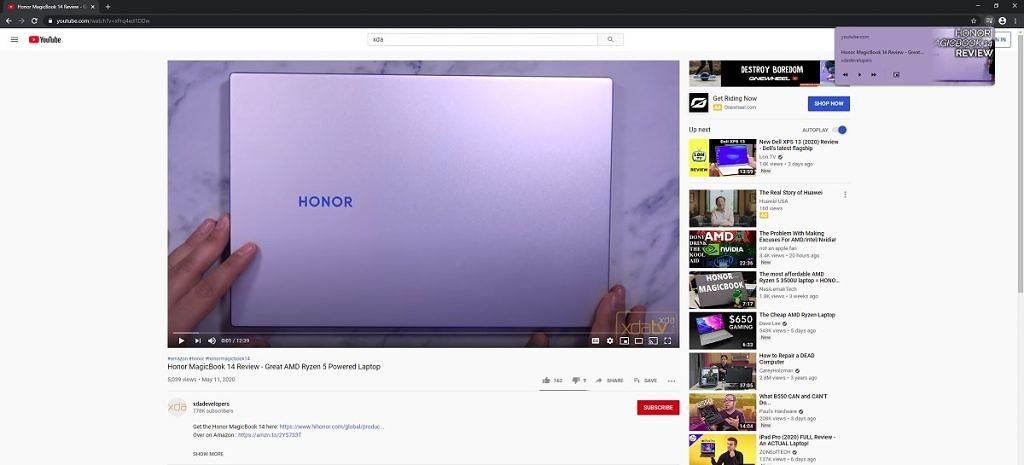Browsers are used for a plethora of things, but a large chunk of Internet usage is media consumption. Google has slowly been adding features to Chrome to make the media streaming experience the best it can be for users. That's why earlier this year Chrome got a new media control tool to control currently playing audio and video right from the toolbar. Now, Google is looking to further enhance media playback on Chrome with the introduction of a "Media Feeds" feature so websites can make video recommendations.
A commit has just been merged on the Chromium Gerrit that adds a feature flag titled "Enables Media Feeds." The description of the flag reads "Enables the Media Feeds feature which allows us to fetch feeds of media 'items from websites that support the feature." So what exactly is this "Media Feed?"
Essentially, the Media Feed is a way for websites that provide video content to create a feed of recommended videos. Think about how streaming sites like Netflix and YouTube always have recommended videos for you to watch next. The Media Feed would be based on whatever the website wants it to be, and it will be displayed in the browser similar to the aforementioned media controls.
Google is providing an API for websites that will allow them to tie into this feature. If a website supports Media Feeds, it can tell the Chrome user it has a feed, recommend relevant content, recommend content to "continue watching," and recommend content to "play next." All three of those recommendations have a different use case. Relevant content can get the user started watching something, "continue watching" is for content that the user has already started to watch, and "play next" is for content to watch after a video has ended.
Media Feeds are currently limited to video content, so no music or podcasts. The flag can be enabled at chrome://flags#enable-media-feeds on all Chrome platforms except Android. The feature is currently in the latest Canary builds so it'll take a while for it to make its way to the latest Stable releases. Even so, it won't be super useful until websites support it, but this could be a handy media feature in the future.


